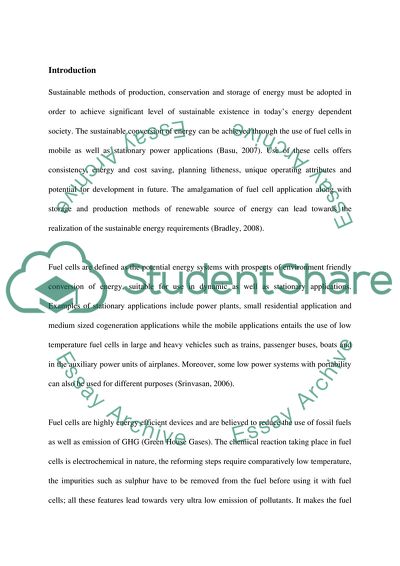Cite this document
(Sustainable Energy Technology Assignment Example | Topics and Well Written Essays - 2500 words, n.d.)
Sustainable Energy Technology Assignment Example | Topics and Well Written Essays - 2500 words. Retrieved from https://studentshare.org/engineering-and-construction/1757162-sustainable-energy-technology
Sustainable Energy Technology Assignment Example | Topics and Well Written Essays - 2500 words. Retrieved from https://studentshare.org/engineering-and-construction/1757162-sustainable-energy-technology
(Sustainable Energy Technology Assignment Example | Topics and Well Written Essays - 2500 Words)
Sustainable Energy Technology Assignment Example | Topics and Well Written Essays - 2500 Words. https://studentshare.org/engineering-and-construction/1757162-sustainable-energy-technology.
Sustainable Energy Technology Assignment Example | Topics and Well Written Essays - 2500 Words. https://studentshare.org/engineering-and-construction/1757162-sustainable-energy-technology.
“Sustainable Energy Technology Assignment Example | Topics and Well Written Essays - 2500 Words”, n.d. https://studentshare.org/engineering-and-construction/1757162-sustainable-energy-technology.


